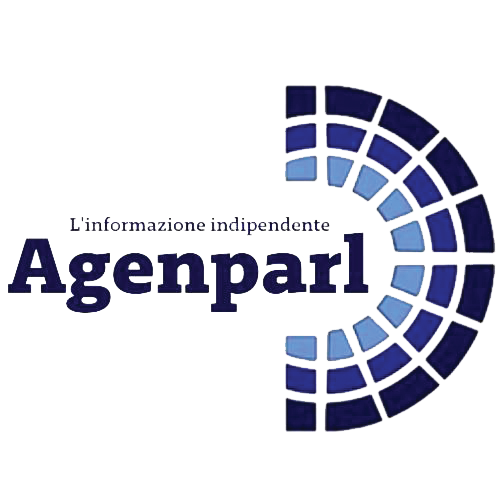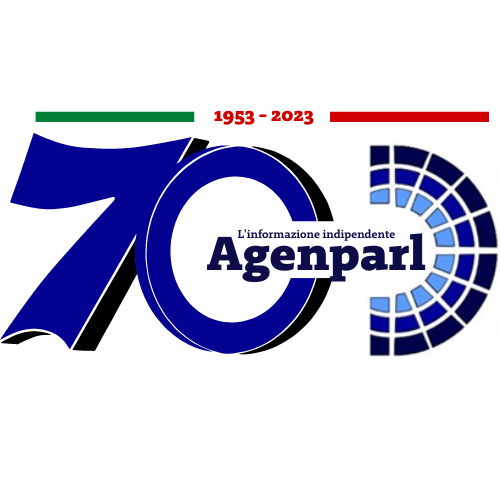 (AGENPARL) - Roma, 25 Luglio 2025
(AGENPARL) - Roma, 25 Luglio 2025(AGENPARL) – Fri 25 July 2025 Screenshot (124).png
Machine-translated versions are also available in all EU languages on the EFSA website
EFSA assesses the welfare of beef cattle
EFSA’s scientists have reviewed the latest evidence on the welfare of beef cattle and provided recommendations, focusing on housing, diet and general wellbeing.
** Background to the scientific opinion
————————————————————
· This scientific opinion addresses the welfare of beef cattle kept in different housing conditions and under different management practices. Its aim is to provide a scientific basis for possible future legislation.
· Currently, beef cattle welfare is governed by general animal protection regulations (Council Directive 98/58/EC). There are no specific EU-wide laws on the on-farm welfare of beef cattle.
· Previous assessments include a 2001 scientific opinion on the welfare of cattle kept for beef production by the European Commission’s former Scientific Committee on Animal Health and Animal Welfare as well as EFSA’s 2012 opinion on beef cattle welfare.
· Building on these earlier assessments, this opinion addresses additional aspects and incorporates the latest scientific evidence and stakeholder feedback.
· Together with the scientific opinion, EFSA published a technical report on the most common husbandry systems and practices for keeping beef cattle.
What was EFSA asked to do?
EFSA was asked by the European Commission to provide a comprehensive scientific opinion on the welfare of beef cattle, which included fattening cattle, suckler cows, suckler calves and breeding bulls. The mandate comprised:
· assessing housing conditions, such as flooring, space, water, feeding, temperature, enrichment, outdoor access and mixing practices;
· assessing pastures and feedlots;
· assessing the welfare implications of weaning, mutilations such as castration, dehorning, tail docking, and of breeding practices related to hyper-muscularity or polledness (lack of horns);
· identifying indicators of animal welfare (animal-based measures, ABMs) that can be collected in slaughterhouses for monitoring on-farm welfare;
· proposing clear criteria to minimise suffering during the last stages of cows’ lives.
How did EFSA carry out this work (and what data were used)?
· EFSA reviewed the existing scientific literature up to mid-2024 and considered input from stakeholders collected through a public call for evidence.
· The assessment focused on identifying relevant welfare consequences related to common rearing practices, suitable ABMs and specific actions to improve the on-farm welfare of beef cattle.
** What were the outcomes?
————————————————————
· Current common housing practices often impact negatively on beef cattle welfare. These include insufficient space given to the animals; using uncomfortable, hard floors; and providing a featureless, unstimulating environment that prevents cattle from behaving naturally. These practices can lead to stress and boredom.
· Cattle kept indoors should have soft bedding, sufficient space, access to roughage, outdoor access and brushes for scratching themselves. They should always have access to clean water and be in stable social groups.
· Cattle kept outdoors should also have water available at all times, and easily accessible shelter to protect them from extreme cold and heat.
· Breeding beef cattle for extreme traits, like hyper-muscularity, should be avoided because these traits are linked to substantial welfare problems.
· Mutilations are painful and should only be performed for medical reasons. If they are required, it is essential to use both pain relief (analgesia) and anaesthesia regardless of cattle age.
· Certain ABMs can be assessed at slaughter to provide insights into the animals’ rearing conditions at the farm of origin. Examples include assessing lung lesions and skin lesions.
What were the limitations/uncertainties?
Limitations included:
· variability in rearing practices among various Member States,
· limited knowledge of how much dietary fibre prevents digestive problems in beef cattle,
· limited knowledge of the long-term effects of mutilations,
· a lack of standardised ABMs for assessing beef cattle fitness for transport.
EFSA addressed the uncertainties by making cautious assumptions, using expert opinions and reporting certainty levels for the conclusions. Most conclusions had a level of certainty over 90 %.
** What are the key recommendations?
————————————————————
EFSA’s key recommendations for improving beef cattle welfare are as follows:
· The research community should investigate:
· welfare effects of increasing space allowance to more than 6 m2 per animal,
· minimum recommended levels of dietary fibre in the diet,
· long-term welfare impacts of painful procedures (mutilations), such as dehorning or castration.
· Farms should:
· improve housing, feeding and handling practices,
· increase space allowance as compared to current practice,
· avoid unnecessary mutilations,
· make environments more stimulating
· Slaughterhouses should standardise and expand ABM collection to monitor welfare more effectively.
** Reference
————————————————————
Welfare of beef cattle.
** Related scientific output
————————————————————
————————————————————
Should you wash fruit even if you don’t eat the peel? Would you dare eat cricket-based hamburgers? Do you trust the food you eat?
Keen to find out more about the science behind safe food? Then welcome to ‘Science on the menu’, a podcast produced by the European Food Safety Authority, EFSA. We are a European agency located in Parma, Italy, that assesses and communicates on food risks. Each episode will tell you more about the work done to ensure that food across the European Union is safe. Come join us at our table for Science on the menu.
For inquiries please contact:
EFSA Press
+39 0521 036 149
______________________
European Food Safety Authority, Via Carlo Magno 1/a, Parma, . 43126 Italy
